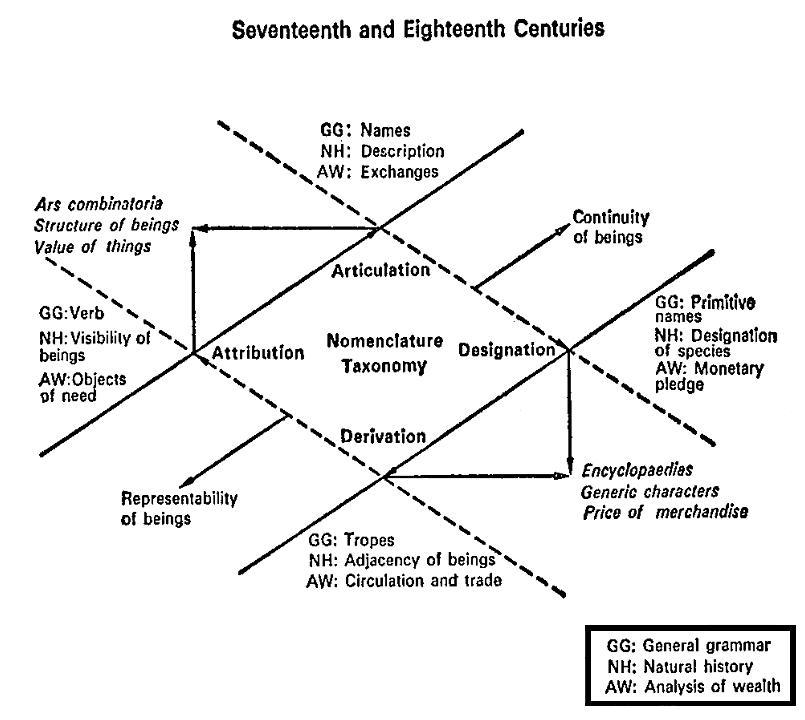Hi everyone, we are excited about getting the conversation going from Sydney! This morning we will start by speed-dating around the concept of the outside (more romantic than it sounds!).
In the meantime, I am sending some images that I used in my talk last night.
These are diagrams created by autistics in conjunction with Fernand Deligny, who ran a series of encampments for autistics in Monoblet France from the mid-sixties to the late nineties. These were done over 20 years on tracing paper and were created out of a desire to diagram the experience of movement. The autistics were mute (as many are) and so the drawings became a kind of language in movement that served less to demonstrate their movements than to activate a thought in movement.
From my paper, The Shape of Enthusiasm:
Over the years, building on this explicit mandate to invent modes of relation that do not necessarily rely on words, a singular iteration of experience in the making begins to take the form of maps of movement, tracings, as Deligny calls them.[1] These tracings, a collaboration between the network and the autists, become incipient cartographies of an associated milieu of relation that builds on the way movement and life-living interrelate.[2] The challenge, as Deligny conceived it, was to learn “to see language from the point of view of a mute child,”[3] (Toledo 2007: 679). A choreographic proposition.
Together, farmer and child, intern and child, writer and child, filmmaker and child, militant and child, share a life that is parsed in hundreds of ways by the necessity of the everyday – the washing of clothing, the leading of goats, the building of encampments. From these daily tasks, tracings on paper emerge that outline the shiftings between sites and the reorientings of territories in the moving, tracings that magnify the moreness of habitual pathways. These tracings at once trace the regularity of habit and routine and the unrepresentable of its drifts. They do not reproduce movement, they activate it. Deleuze writes:
A cartography is suggested today by Deligny when he follows the course of autistic children […] All these lines are tangled. Deligny produces a geo-analysis, an analysis of lines which takes his path far from psychoanalysis, and which relates not only to autistic children, but to all children, to all adults (watch someone walking down the street and see what little inventions he introduces into it, if he is not too caught up in his rigid segmentarity, what little inventions he puts there), and not only their walk, but their gestures, their affects, their language, their style” (2007: 128 my emphasis).[4]
[1] Jean Oury remembers Deligny’s frustrations with the language of psychoanalysis while still at La Borde, particularly in any encounter where patients’ dossiers are foregrounded. For Deligny, what seems to be more important is the lived experience of co-existence, not how the patient has been evaluated in an institutional framework. “What matters, he would say, is the project. We could care less about thought” (Jean Oury, quoted in Toledo 2007: 638).
[2] Whether or not the tracings were actually drawn-into by the autistics is not clear. “About the tracings – which he calls act-signs – we do not always know whether they concern the adults or the children. The border is mobile” (Toledo 2007: 644). And yet, the tracings are absolutely a collaborative enterprise, a drawing-with of emergent spacetimes of recomposition. The traces, and especially what Deligny calls the “lines of drift” (lignes d’erres) allow the territory to “become seen,” they map into it its resonance as more-than a pre-existent territorial enclosure.
[3] The tracings are a way of learning not to speak “about” autistics in their presence as though they had no language, or as though their experience didn’t count. This would only feed the already ingrained institutional habits Deligny wanted to usurp. But something had to be made of the experience – these were the tracings, the creation of a movement-with that could lead the group to see anew. Sandra Alvarez de Toledo speaks of “machines for seeing,” a modality of seeing that does not return to the eyes themselves [le regard] or language. The tracings “made seen the forms of the human absent from the image of man” (2007: 799). Isaac Joseph writes, “the maps were an attenuated and aestheticized echo of the work in the presence of the children,” a project to teach the adults how to see the autistics’ lines of drift, “how to see a common territory without subject or language, to see-with-it (s’Y voir), despite themselves” (in Toledo 2007: 684).
[4] In Deleuze and Guattari’s A Thousand Plateaus, Brian Massumi translates “lignes d’erre” as “lines of drift.” In Dialogues, translated the same year by Hugh Tomlinson and Barbara Habberjam as “lines of wandering.” I’ve re-translated them here as “lines of drift” to keep the text consistent. Though “erre” does have the sense of wandering, I like the sense of drift as not being necessarily activated by the human, but also in the environment, in a movement-with of emergent spacetimes.
[…]
Tracings, layer upon layer, superimposed on tracing paper, harbingers, as Deligny refers to them, of “an immediate enthusiasm” that touches us without our knowing why, a touching that occurs not through the effects of language but beyond, where “something that cannot be seen” exists, something ineffable but nonetheless “immediately felt” (Deligny 1990).
——
Erin












 Here’s a
Here’s a 





 That seems a nice way to finish this post.
That seems a nice way to finish this post.